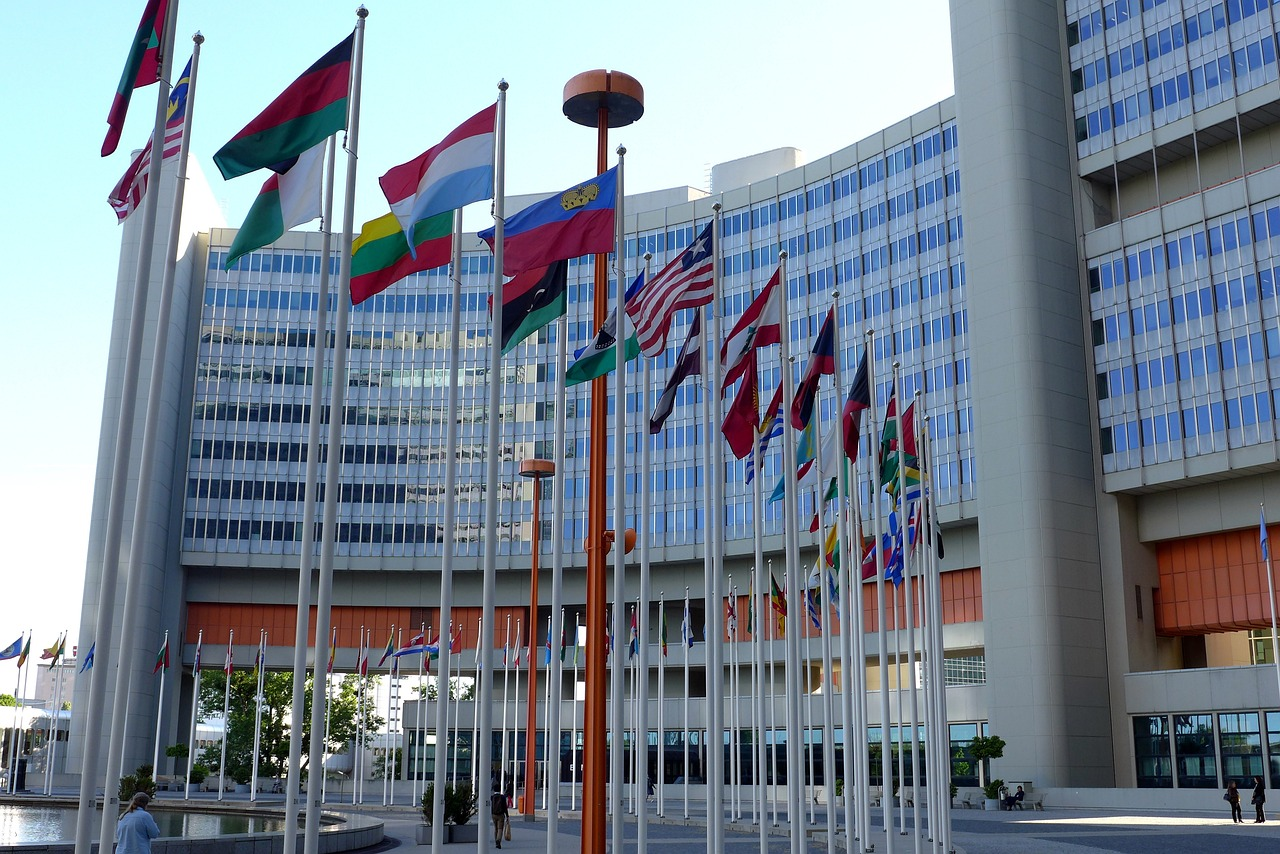Unit 9: The Cold War and the Postwar Period in Europe (1945-Present) Overview
Unit 9: The Cold War and the Postwar Period in Europe (1945-Present)

Unit 9: The Cold War and the Postwar Period in Europe (1945-Present)

Unit 9: The Cold War and the Postwar Period in Europe (1945-Present)
This unit emphasizes the events that led up to the Cold War, the rivalry between Communist governments and the free world, reform movements that led to the collapse of communism in the Eastern European bloc, and the postwar recovery of Europe.
During World War II, the United States and the Soviet Union fought together as allies against the Axis powers. However, the relationship between the two nations was a tense one. Americans had long been wary of Soviet communism and concerned about Russian leader Joseph Stalin’s tyrannical, blood-thirsty rule of his own country. For their part, the Soviets resented the Americans’ decades-long refusal to treat the USSR as a legitimate part of the international community as well as their delayed entry into World War II, which resulted in the deaths of tens of millions of Russians. After the war ended, these grievances ripened into an overwhelming sense of mutual distrust and enmity. Postwar Soviet expansionism in Eastern Europe fueled many Americans’ fears of a Russian plan to control the world. Meanwhile, the USSR came to resent what they perceived as American officials’ bellicose rhetoric, arms buildup and interventionist approach to international relations. In such a hostile atmosphere, no single party was entirely to blame for the Cold War; in fact, some historians believe it was inevitable.
The Cold War: Containment
By the time World War II ended, most American officials agreed that the best defense against the Soviet threat was a strategy called “containment.” In 1946, in his famous “Long Telegram,” the diplomat George Kennan (1904-2005) explained this policy: The Soviet Union, he wrote, was “a political force committed fanatically to the belief that with the U.S. there can be no permanent modus vivendi [agreement between parties that disagree]”; as a result, America’s only choice was the “long-term, patient but firm and vigilant containment of Russian expansive tendencies.” President Harry Truman (1884-1972) agreed. “It must be the policy of the United States,” he declared before Congress in 1947, “to support free peoples who are resisting attempted subjugation…by outside pressures.” This way of thinking would shape American foreign policy for the next four decades.
Unit Focus
- four major active bodies of the United Nations (UN) and their functions
- Germany and the Nuremberg Trials
- postwar recovery in Western and Eastern Europe
- nations of Europe that resisted Soviet domination
- features and purpose of the Marshall Plan, the Truman Doctrine, and the North Atlantic Treaty Organization (NATO)
- why NATO and the Warsaw Pact were formed
- events that caused and intensified the Cold War
- events that led to the end of the Cold War and the collapse of communism in the Eastern European bloc
Vocabulary
Lesson Reading
Videos and Interactives (Click on Images to View Content)

